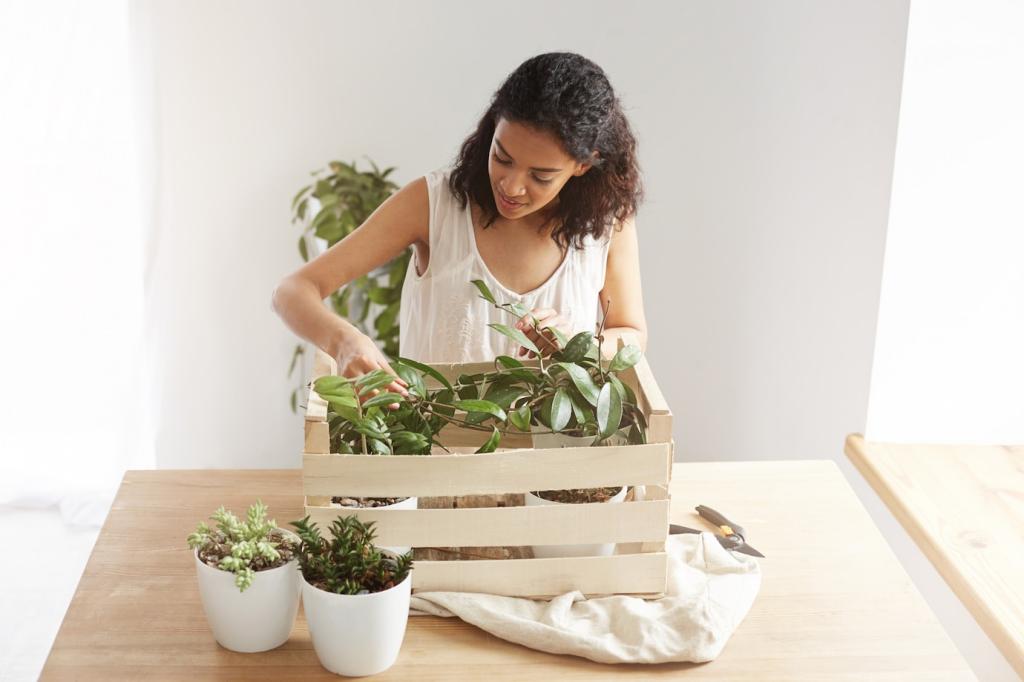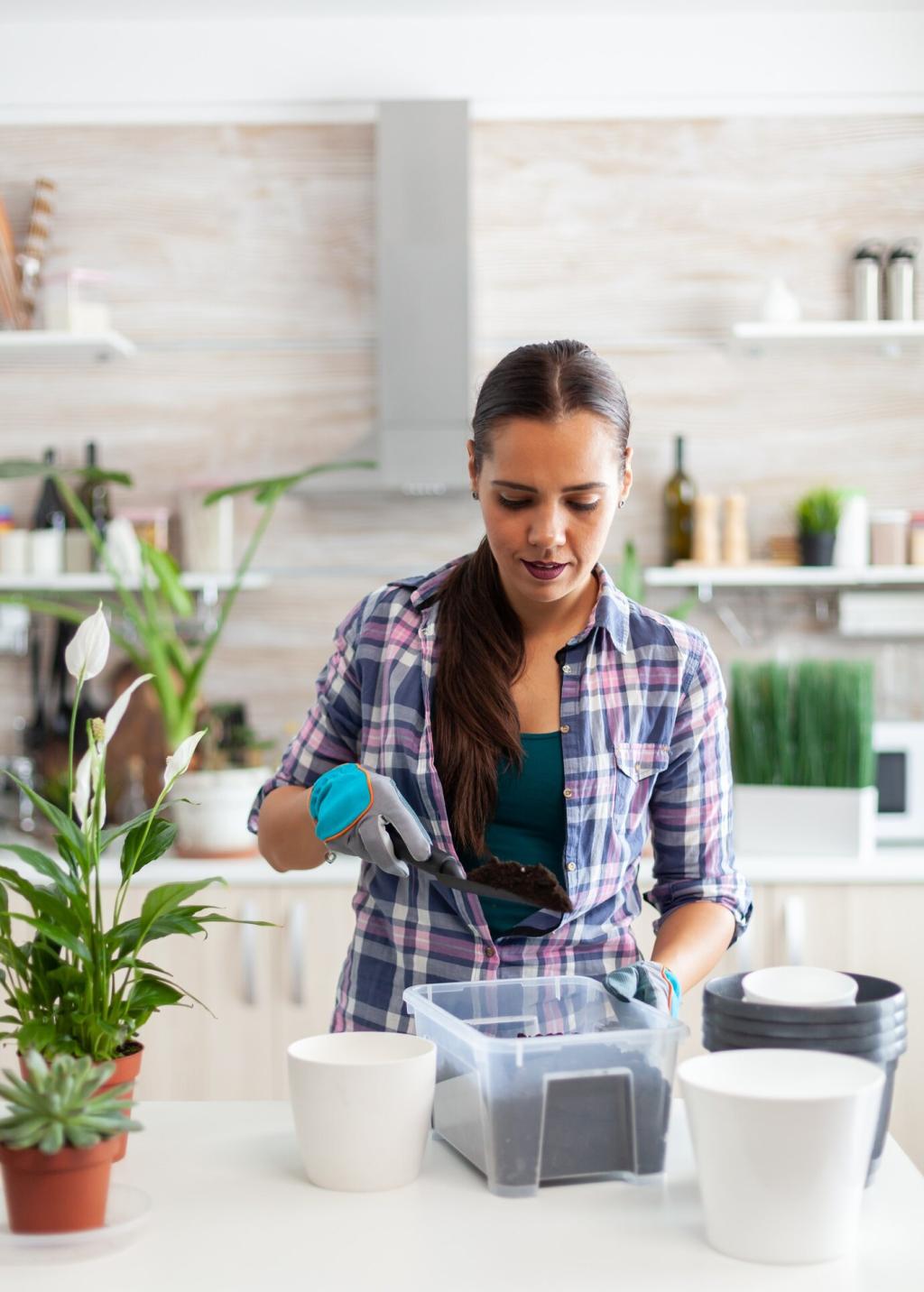Shine Safely: Non-Toxic Wood Cleaning Solutions
Chosen theme: Non-Toxic Wood Cleaning Solutions. Discover gentle, effective methods to clean, revive, and protect your wood surfaces without harsh chemicals—perfect for homes with kids, pets, and heirlooms you truly love.

Wood prefers balance. Mild soaps diluted in distilled water lift grime without stripping finish, while microfiber traps dust mechanically. Overly alkaline or acidic products can cloud sheen. Start simple, test patiently, and subscribe to get our pocket dilution chart for everyday, safer cleaning.
Why Non-Toxic Matters for Wood and Home
Varnish, shellac, lacquer, polyurethane, and oil-wax finishes all respond differently to moisture and cleaners. Non-toxic does not mean careless: minimal water, soft cloths, and finish-friendly solutions protect character and glow. Share a photo of your wood’s patina story in the comments.
Why Non-Toxic Matters for Wood and Home
The Non-Toxic Wood Care Pantry
A teaspoon of liquid castile soap in a quart of distilled water creates a gentle, residue-light cleaner. Lightly dampen, never soak, and buff dry immediately. This simple mix respects finishes and grain, making routine maintenance delightfully easy. Bookmark this staple recipe and share your tweaks.
The Non-Toxic Wood Care Pantry
For oiled furniture or cutting boards, a balm of beeswax and food-grade mineral oil restores luster. Melt one part wax into four parts oil, cool, then apply thinly and buff. Avoid oily products on floors. Comment if you prefer carnauba for extra hard, gleaming protection.
The Non-Toxic Wood Care Pantry
Lemon can deodorize cutting boards with salt scrubs, and very dilute vinegar helps de-grease sealed finishes. But acids may dull delicate coatings. Always test inconspicuously, keep dilutions mild, and skip essential oils on baby items. Tell us your safest citrus trick—carefully vetted and well-diluted.




Seasonal and Climate-Smart Care
Colder months dry the air, shrinking wood and stressing joints. Keep indoor humidity around forty to fifty percent, dust frequently, and avoid heavy oils that attract dust. Have a winter routine that works? Share your humidifier settings and dusting schedule to help fellow readers.
Sunscreen smears and condensation need fast, gentle responses. Wipe promptly with the castile mix, avoid direct sun exposure after cleaning, and ensure airflow to discourage mildew. Tell us your best patio-to-table transition tricks that keep indoor wood spotless, healthy, and wonderfully summer-ready.
Move furniture to catch hidden dust, vacuum crevices with a brush attachment, and refresh protective wax on high-touch pieces. Replace floor pads under chairs to prevent scratches. Download our spring checklist and comment with one small habit that made the biggest difference this year.
Safety, Testing, and Myth Busting
Patch Tests Are Non-Negotiable
Always test cleaners in an inconspicuous spot, observing changes after drying and buffing. Wood type, age, and finish vary widely, and tiny trials prevent big regrets. Share your test method, and subscribe for our one-page finish identification guide sent directly to your inbox.
The Vinegar Myth, Clarified
Vinegar is not universal. On some finishes it dulls or clouds sheen. When used, it should be very dilute on sealed, resilient surfaces only. Prefer mild soap for routine cleaning. Have an experience to add? Comment with your finish type and what dilution actually worked.
Essential Oils: Less Truly Is More
Concentrated oils can soften coatings or leave residues. If you scent cleaners, use a tiny amount and avoid phototoxic citrus on sunlit pieces. Skip fragrances on baby items. Tell us your most careful, successful scent combo, and we may feature it in our next roundup.
